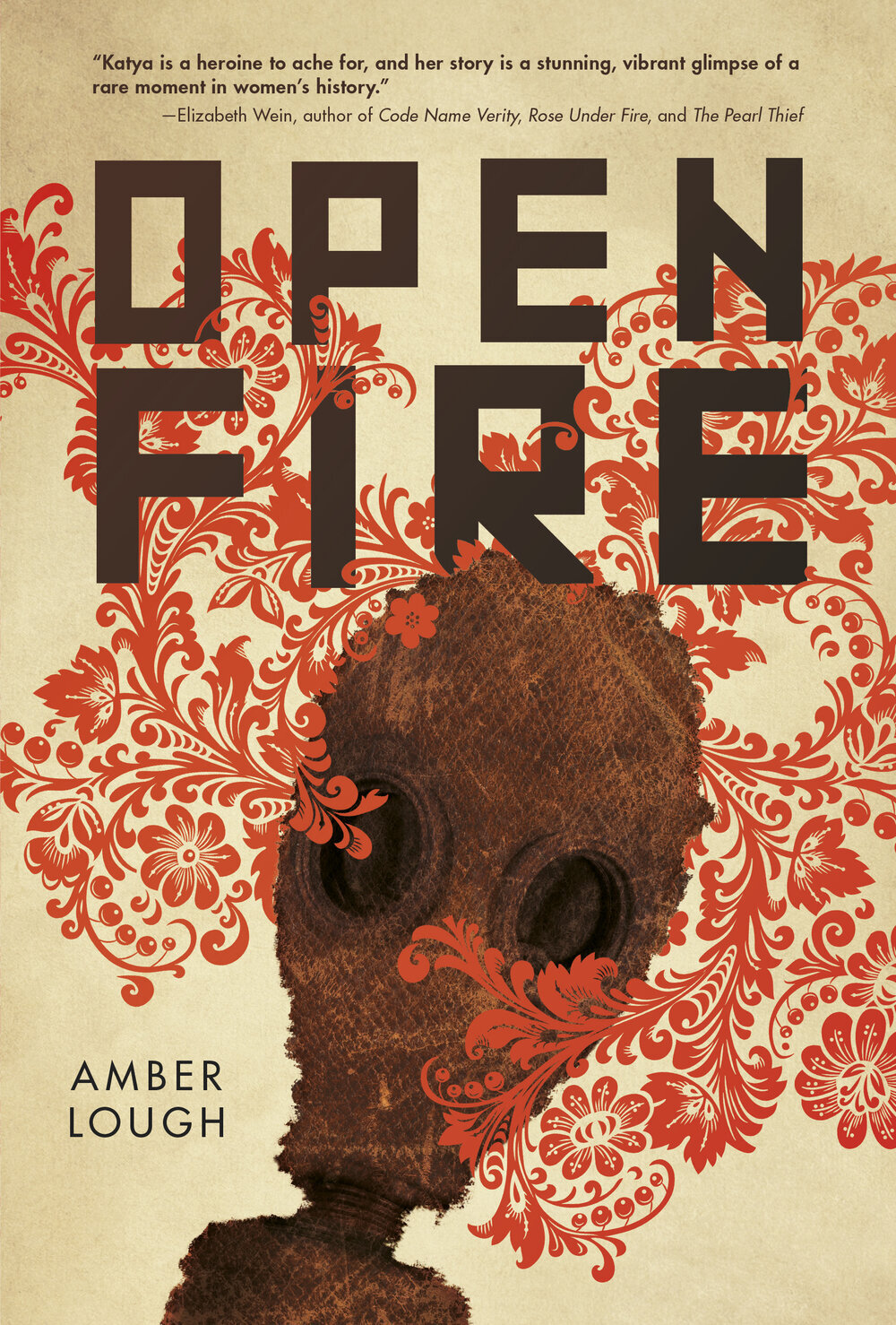SIDEWRITING TAKEOVER: Entering Characters' Points of View with Amber Lough
interview by Anne-Marie Strohman
Sidewriting Takeover brings together writers of picture books, middle grade, and young adult to explore how writing outside of a draft can help deepen your drafts and revisions. Each writer shares an exercise that they’ve found helpful. If you missed our initial post: START HERE.
Amber Lough is as thoughtful a writer as I've ever met. She thinks deeply about process, about how to get the most out of our writer brains, and about craft. And she writes and publishes compelling novels to boot! She's also deeply invested in helping writers complete novels, through her novel garden course. Here, she shares how and when sidewriting works best for her. --Anne-Marie
KidLit Craft: How has sidewriting become a part of your writing process? Were you always a sidewriter?
Amber Lough: When I first started writing, I never did any sidewriting because I was convinced it was a waste of time--I was on an imaginary racetrack trying to get to the finish line before the story idea ran out, and I didn’t have time for pit stops. Now that I’m older and wiser, I do a lot of side writing.
KLC: At what points in the process of writing a novel do you sidewrite most?

AL: I sidewrite in the beginning to get a feel for the character and their “want” and to develop the world of the story. Later, I do it whenever I’m stuck—whether it be with story, character, or getting back into the “feel” of the story.
In Open Fire, I had trouble developing the relationship between Katya and her brother, Maxim, so I had them write letters to each other. Maxim wrote to Katya from the front, before he was wounded and sent home — way before the start of the novel. This is how I worked on their backstory and relationship, although none of that made it into the actual novel. Mostly, it allowed me to relax my brain and let the characters' personalities flow. It’s a double-whammy — because you get both voice and character details/memories, which are incredibly useful.
KLC: How does sidewriting help you?
AL: Sidewriting helps me most when the story starts to feel dry or forced, or if I feel like the characters are shutting me out. I also sidewrite when I am losing motivation, and in that case, I write about why I want to tell this story.
KLC: When you're teaching, how do you encourage students to engage with side writing?
AL: I prescribe so much sidewriting in my novel garden course that I feel like I’m handing out Tylenol. It’s part of the curriculum, actually. I have writers journal from the character’s POV, in first person (even if they plan to write in 3rd), to get a stronger grasp on the character’s want and voice. Later on, I have them do sidewriting for other characters, for setting, and whenever they are losing motivation.
Sidewriting Challenge: Journaling and Alternate POVs
My two favorite sidewriting exercises are:
1. Journaling from the MC’s POV. This never fails.
2. Writing about the story/character/world from a side-character’s POV to get a wholly different perspective. This helps a lot when I feel like there’s not enough depth, especially in the worldbuilding.
Amber Lough lives with her husband and their two kids (and cats!) in Lower Saxony, Germany. Amber is a life-long traveller and learner of languages. When not reading or writing (i.e., staying inside during a pandemic), Amber can be found hiking on a mountain ridge, swimming with sharks, gardening, watching a musical, or wishing she was doing so. After a short career in the U.S. Air Force, Amber discovered that if writing was her true passion, that’s what she should be doing. Amber has an MFA in Writing from the Vermont College of Fine Arts.
Amber is the founder of novel garden, a live, three-month course designed to help you write a novel from start to finish. She is represented by Laura Rennert of the Andrea Brown Literary Agency.





But engaging middle school readers requires more than an interesting plot—the characters and their experiences must feel authentic to and reflective of the complicated world in which the readers live.